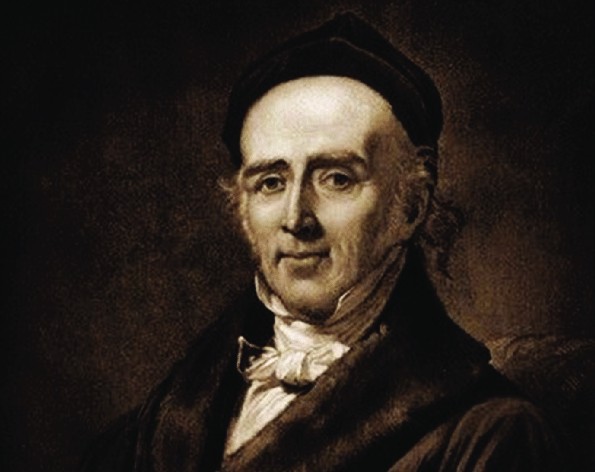The Organon – Aphorism 171-180

§ 171 Fifth Edition
In non-venereal chronic disease, those, therefore, that arise from psora, we often require, in order to effect a cure, to give several antipsoric remedies in succession, every successive one being homoeopathically chosen in consonance with the group of symptoms remaining after the expiry of the action of the previous remedy (which may have been employed in a single dose or in several successive doses).
§ 171 Sixth Edition
In non-venereal chronic disease, those, therefore, that arise from psora, we often require, in order to effect a cure, to give several antipsoric remedies in succession, every successive one being homoeopathically chosen in consonance with the group of symptoms remaining after completion of the action of the previous remedy.
§ 172
A similar difficulty in the way of the cure occurs from the symptoms of the disease being too few – a circumstances that deserves our careful attention, for by its removal almost all the difficulties that can lie in the way of this most perfect of all possible modes of treatment (except that its apparatus of known homoeopathic medicines is still incomplete) are removed.
§ 173
The only diseases that seem to have but few symptoms, and on that account to be less amenable to cure, are those which may be termed one-sided, because they display only one or two principal symptoms which obscure almost all the others. They belong chiefly to the class of chronic diseases.
§ 174
Their principal symptom may be either an internal complaint (e.g. a headache of many years’ duration, a diarrhoea of long standing, an ancient cardialgia, etc.), or it may be an affection more of an external kind. Diseases of the latter character are generally distinguished by the name of local maladies.
§ 175
In one-sided diseases of the first kind it is often to be attributed to the medical observer’s want of discernment that he does not fully discover the symptoms actually present which would enable him to complete the sketch of the portrait of the disease.
§ 176
There are, however, still a few diseases, which, after the most careful initial examination (§§ 84-98), present but one or two severe, violent symptoms, while all the others are but indistinctly perceptible.
§ 177
In order to meet most successfully such a case as this, which is of very rare occurrence, we are in the first place to select, guided by these few symptoms, the medicine which in our judgment is the most homoeopathically indicated.
§ 178
It will, no doubt, sometimes happen that this medicine, selected in strict observance of the homoeopathic law, furnishes the similar artificial disease suited for the annihilation of the malady present; and this is much more likely to happen when these few morbid symptoms are very striking, decided, uncommon and peculiarly distinctive (characteristic).
§ 179
More frequently, however, the medicine first chosen in such a case will be only partially, that is to say, not exactly suitable, as there was no considerable number of symptoms to guide to an accurate selection.
§ 180
In this case the medicine, which has been chosen as well as was possible, but which, for the reason above stated, is only imperfectly homoeopathic, will, in its action upon the disease that is only partially analogous to it – just as in the case mentioned above (§ 162, et seq.) where the limited number of homoeopathic remedies renders the selection imperfect – produce accessory symptoms, and several phenomena from its own array of symptoms are mixed up with the patient’s state of health, which are, however, at the same time, symptoms of the disease itself, although they may have been hitherto never or very rarely perceived; some symptoms which the patient had never previously experienced appear, or others he had only felt indistinctly become more pronounced.







